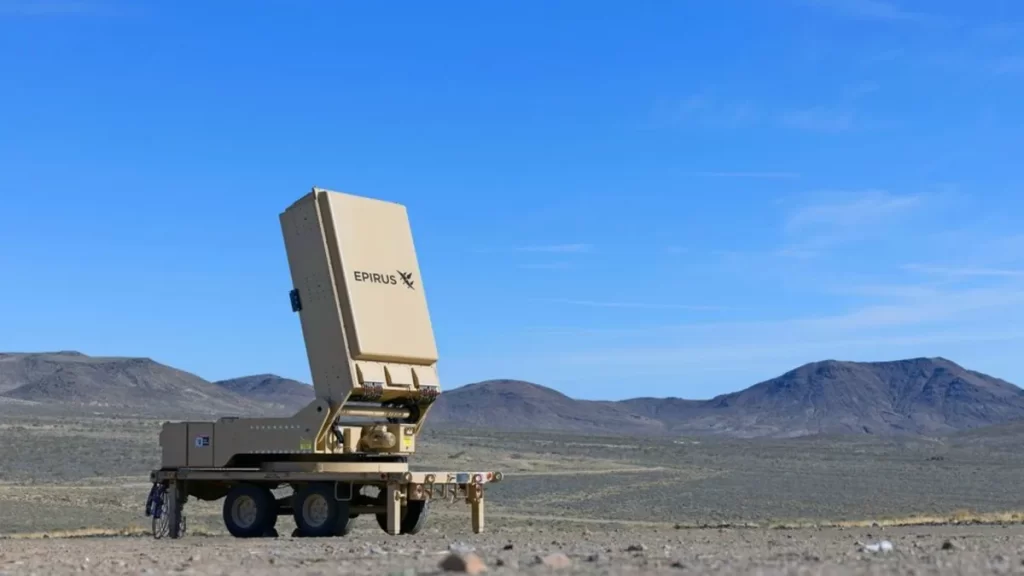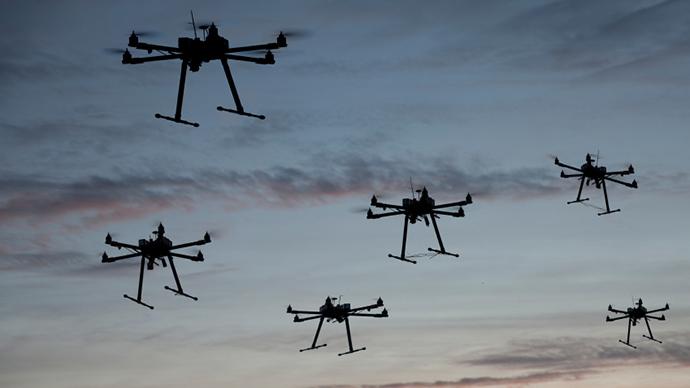The US Army has given Eprius a $66.1 million contract to provide prototypes of Leonidas, a new microwave weapon capable of striking down large swarms of hostile drones in a single burst while leaving friendly aircraft unscathed.
Epirus will now work with the RCCTO to quickly deploy three of Leonidas’ prototype systems in 2023 for $66.1 million, with options to acquire further support services. After successfully proving the weapon’s prototypes, Epirus intends to cooperate with the RCCTO to transform Leonidas into a future program of record.

Small, cheap drones can pose a significant threat on the battlefield, as proved by Russia’s invasion of Ukraine, and this threat will only expand as technology advances. Robotic aircraft on the market today have already proven to be invaluable for reconnaissance, target identification, and even direct attack. They can also be a lethal nuisance outside of battle zones if they are dispatched into airspace occupied by civilian aircraft.
One nightmare possibility is an opponent striking with swarms of drones that can either overwhelm a location’s defenses or force defenders to pay millions of dollars in missiles to destroy a drone that costs only a few hundred dollars.
To tackle this threat, more emphasis is being placed on directed energy weapons such as lasers and microwaves. These systems vary in size and sophistication, but they all have the advantage of working at the speed of light, being able to engage many targets, and using electricity for ammunition at an absurdly low cost per round.

“Time and time again, we’ve seen that current air defense systems are ill-equipped to tackle the threat of autonomous drone swarms.” “This contract with the RCCTO brings the new counter-swarm capability to the Unmanned Aerial Services fight with our cost-effective, modular, and upgradable Leonidas systems,” said Ken Bedingfield, Chief Executive Officer, Epirus.
Leonidas, according to Epirus, can accurately target a single drone, construct a microwave wall to stop a swarm, shield specific sections of the sky, or organize itself to let friendly drones operate while taking out unfriendly ones in the same neighborhood. It also has an open architecture, is easily expandable, and is intended to keep safe zones to avoid injuring humans.


